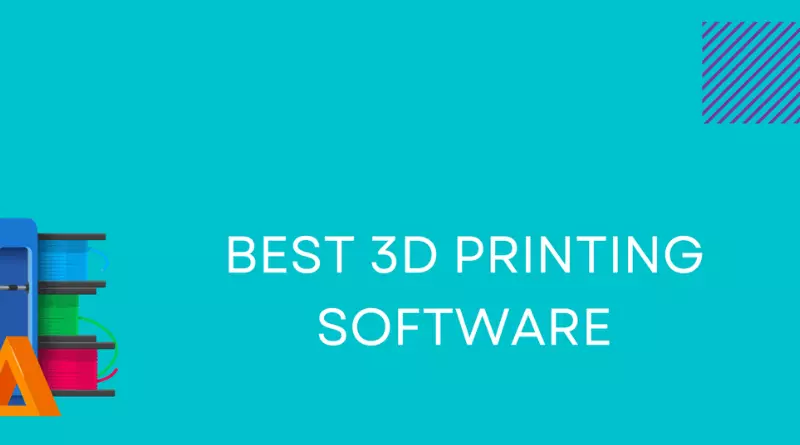What is Data Analysis? A Comprehensive Guide with Examples

Discover the World of Data Analysis: An In-Depth Guide to its Significance, Steps, Varieties, Methods, Software, and Promising Careers in 2023.
What is Data Analysis?
Data analysis is like a detective’s toolkit for information. It’s a big process that helps us look at data from all sorts of places, like files, numbers, and words. By using special tricks and tools, we turn this data into useful stuff that helps us make choices.
Imagine a big company that sells things online. They use data analysis to understand how people shop. This way, they can make shopping better for you! They can even guess what you might want to buy next. So, data analysis isn’t just a process; it’s like a superpower for making good decisions.
Let’s break it down:
1.Inspecting and Cleaning Data:
First, we look at the data and clean up any messes, like fixing mistakes or filling in missing parts.
2.Transforming Data:
Next, we change the data to make it easier to understand and work with. It’s like turning a jigsaw puzzle piece to fit better.
3.Modeling Data:
Then, we use math and special ways to represent data. This helps us see the data’s secrets, like finding patterns or making predictions.
4.Discovering Information:
After all the work, we uncover hidden gems in the data. It’s like finding a treasure chest!
5.Supporting Choices:
Finally, we share what we found. This helps people make decisions, like what products to sell or how to make customers happy.
For example, in that big online store, data analysis helps them know what you like to buy. They use this info to show you stuff you might want, making shopping fun and easy.
Data analysis is like a superhero helping businesses and other groups make smart moves. It’s a powerful tool for understanding the world through data.
The Significance of Data Analysis in Today’s Digital World
In this age of digital change, data analysis has become super important. All the digital gadgets and gizmos create a ton of data, and we call this “big data.” When we dig into this mountain of data in the right way, it can give us super valuable ideas that can change how businesses work.
Data analysis is like the key to unlock the secrets of big data. It helps companies make sense of all this information, turning it into smart ideas. These ideas can be used to make products better, create awesome experiences, make work smoother, and make more money.
Let’s look at an example. Think about the healthcare field. With data analysis, doctors can guess when diseases might spread, make patients feel better, and pick the best treatments.
In finance, data analysis can help stop sneaky tricks, like spotting fraud, and make choices about where to invest money.
So, data analysis is like a secret weapon that helps us make sense of the digital world. It’s like having a treasure map to find the best ideas hidden in all that data.
A Step-by-Step Guide to Data Analysis
Data analysis is like solving a mystery with clues hidden in data. It’s a methodical process with several steps, each important for getting accurate and useful results. Let’s go through each step, from setting goals to telling a data story.
Step 1: Setting Goals and Asking Questions
•First, you need to know what you’re looking for. What do you want to discover from the data? You set clear, specific questions to guide your analysis. This step is like planning your adventure.
Step 2: Collecting Data
•Now, it’s time to gather the data you need to answer your questions. You can collect data through surveys, interviews, observations, or databases. The data can be numbers or words, depending on your questions.
Step 3: Cleaning Data
•Data can be messy, like finding a jigsaw puzzle with missing or broken pieces. So, you clean it up! You check for errors and fix them. This makes sure your data is good and trustworthy.
Step 4: Analyzing Data
•With clean data, you can start the real investigation. You use math and special techniques to uncover patterns or trends. There are tools like Python, R, and Excel to help with this part.
Step 5: Interpreting and Visualizing Data
•Now that you have answers, you need to explain them in a way that’s easy to understand. They make the data less confusing and show what you found.
Step 6: Telling a Data Story
•The final step is like telling the exciting ending of your story. You share what you discovered in a way that’s interesting and clear. This helps others understand the results and make smart choices.
Think of data analysis as being like a detective, solving mysteries hidden in data. Each step gets you closer to solving the puzzle and finding valuable insights.
Exploring the Effects of Data Analysis
Data analysis, whether it’s done on a small or large scale, can have a remarkable impact on how businesses perform. It can lead to substantial improvements, such as increased efficiency, higher profits, and a better grasp of market trends and customer behavior.
- Making Informed Choices
Data analysis empowers businesses to make informed decisions grounded in facts, numbers, and trends rather than relying on guesswork or gut feelings. It provides a strong foundation for strategic planning and policymaking, ensuring that resources are used effectively and efforts are concentrated where they can bring the most advantages.
- Impact on Small Businesses
Even for small businesses, conducting straightforward data analysis can result in significant enhancements. For instance, by examining sales data, they can pinpoint which products are doing well and which ones aren’t. This valuable information can then be used to fine-tune marketing strategies, pricing, and inventory management, ultimately leading to increased sales and profitability.
- Impact on Large Businesses
For larger businesses, the impact of data analysis can be even more profound. Analyzing vast amounts of data, often referred to as “big data analysis,” can unveil intricate patterns and trends that would otherwise remain hidden. This can lead to groundbreaking insights, driving innovation and providing the business with a competitive advantage.
For example, a major retailer might utilize data analysis to streamline its supply chain, reducing costs and enhancing efficiency. Similarly, a technology company could employ data analysis to gain a deeper understanding of user behavior, resulting in improved product design and increased user engagement.
- The Vital Role of Data Analysis
In today’s data-centric world, the ability to analyze and interpret data is an essential skill. Businesses that can harness the power of data analysis are better equipped to adapt to evolving market conditions, fulfill customer needs, and foster growth and profitability.
In conclusion, data analysis is like a superpower for businesses. It helps them make smart decisions, whether they’re small or big. By understanding data, they can save money, make more money, and stay ahead in a competitive world. Data analysis is a key skill for success in today’s business landscape.





